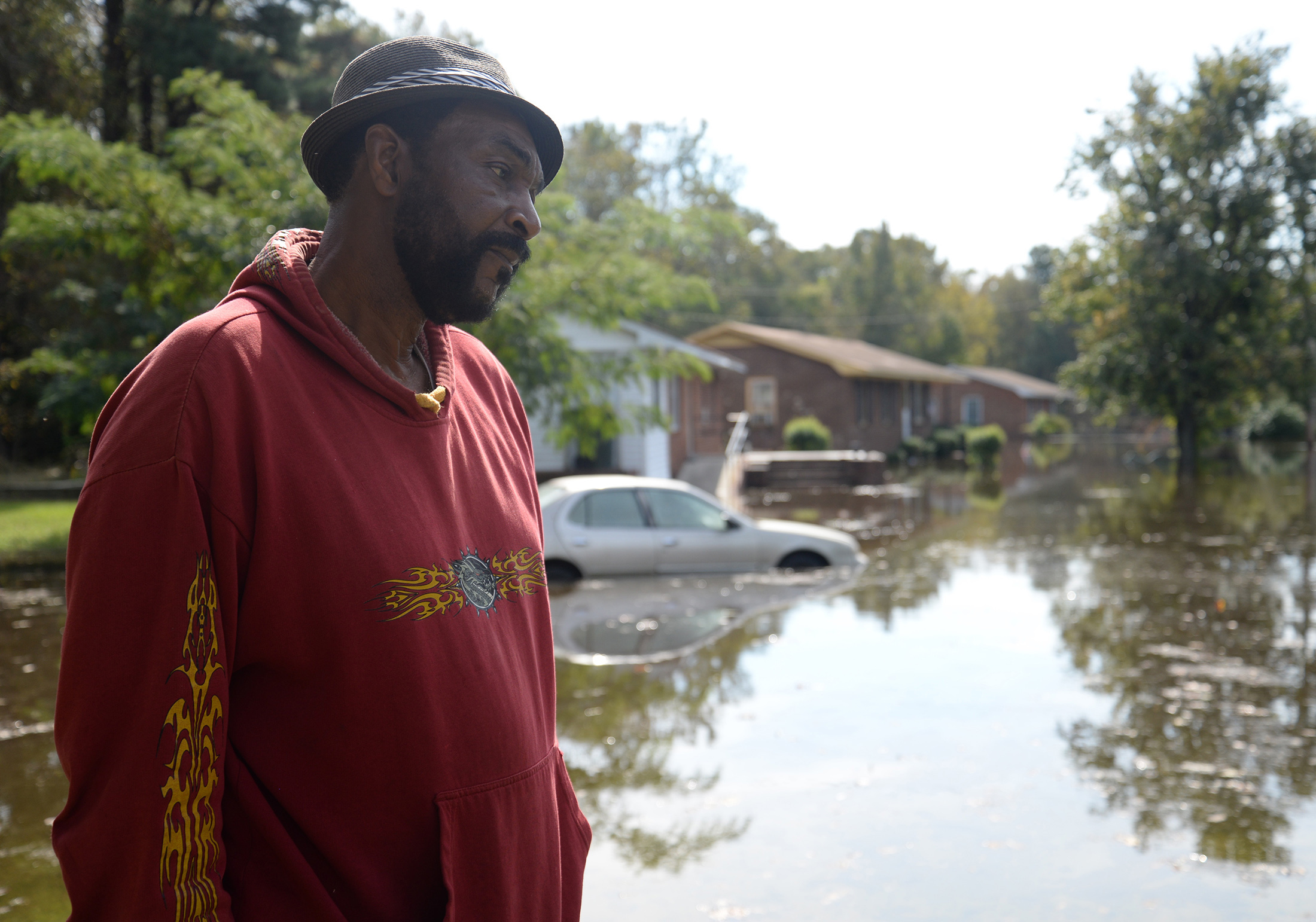Billions in Damage and Losses Expected for North Carolina After Hurricane Matthew
The estimates of property and business loss are preliminary and could go up.
— -- As floodwaters begin to recede in North Carolina, officials and experts are beginning to count the cost of Hurricane Matthew. Early estimates of property damage and lost business are in the billions of dollars for a storm that was not forecast to focus on the state.
The storm passed over North Carolina just over a week ago and left at least 26 people dead and more than 2,100 people still in shelters as a result of floods, according to state officials.
"The effects of Hurricane Matthew continue to have a destructive impact 12 days later," North Carolina Governor Pat McCrory said in a press conference Saturday. "There are still many difficult days ahead, but our top priority will continue to be helping people in the hardest hit areas who are dealing with this flooding."
The storm damaged about $1.5 billion in property, including homes, businesses and government buildings, according to officials with the North Carolina Department of Public Safety. The state deployed aerial drones for the first time to see above the flooded areas and assess the damage.
But that figure doesn’t include other costs to the state’s economy, including losses that businesses suffered when they were forced to close and when consumers were not spending because they were forced to hunker down or evacuate –- lost economic output.
"Entire towns have been destroyed with record flooding from Hurricane Matthew, meaning many businesses and employees have been directly impacted,"McCrory said in a statement on Thursday, when he announced Disaster Unemployment Assistance for people in 20 counties.
Preliminary projections from Moody’s Analytics as of Oct. 10 say the storm caused between $4 billion and $5 billion in lost economic output across the affected states, according Laura Ratz, an economist covering the region. North Carolina accounts for about half of the estimated economic output loss, Ratz told ABC News.
These numbers could go up.
The storm was initially expected to have a relatively minor effect on the Tarheel state, forecast to curl away and towards the ocean just before fully reaching North Carolina.
However, forecasts were off and the storm turned inland, hitting eastern North Carolina and causing much more damage than expected.
A week out, many areas are still inundated with flood waters that are making their way through the state’s river system from the piedmont region of central North Carolina across state’s coastal plain and on to the ocean.

In some areas, roads remain closed and business remains disrupted.
The storm damage has triggered an historic number of insurance claims and difficulty in processing the claims because of conditions, Stuart Lindley, President of Discovery Insurance in Kinston, North Carolina told ABC News.
"We’ve had record flooded vehicles and on top of that, seven of my adjusters were unable to get to work until today because of road flooding," Lindley said by phone Monday morning. "We didn’t have a full staff to even take claims."
And the problem wasn’t limited to his industry, he said.
Even in areas that are above the floodplain the storm’s effects were being felt, Lindley said.
"Drain lines were backed up because they couldn’t go into the river, which caused flooding in several basements of downtown buildings," he said. "As a result several restaurants were closed for several days."
The Neuse River, which runs through the town, crested on Saturday morning, leaving much of the city submerged, according to ABC affiliate WTVD in Raleigh-Durham.
Despite the closures, some business owners are going to extraordinary lengths to stay open.
Donnie Paderick and Misty Paderick, along with their pet goats and pig, have been living out of the gift shop that they own after road closures have cut-off access to their home, according to ABC affiliate WCTIin North Carolina's inner banks.
"We knew the road would be blocked, so we brought all of our supplies to the store and we prepared to camp out," Donnie Paderick told WCTI. "That way, we can still open the store."

The good news for the people of the region is that natural disasters often have offsetting economic effects, according to Goldman Sachs.
The investment bank estimated $10 billion in property damage across all affected states on Oct. 10. They told investors that natural disasters generally result in short-term declines in economic output and demand. But, once the hurricane or other disaster is over, demand and output bounce back to the same level or a greater level than was seen before the storm.
Recovery and rebuilding efforts can also have a stimulating effect on the economy of areas hit by disaster, the bank said in its note.
As the waters move eastward and relief efforts reach larger areas, the toll of Hurricane Matthew is becoming clearer.




